Top 10 Extinct Animals In The World 2024
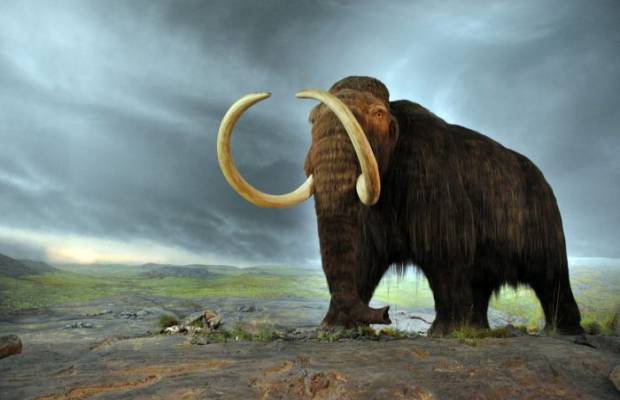
The extinction of various species can be attributed to natural phenomena like climate fluctuations and shifts in sea levels. However, in contemporary times, human actions bear the responsibility for many of these disappearances. The primary driver of recent extinctions is habitat destruction, resulting from the expansion of agricultural land and deforestation. Pollution, the introduction of non-native species, overfishing, and excessive hunting also contribute to the decline of diverse ecosystems. Moreover, the impact of climate change is increasingly recognized as a significant force behind the current wave of extinctions.
Presented here is a compilation of ten remarkable animals that have succumbed to extinction. Delve into their stories to understand the circumstances leading to their disappearance. It is crucial to acknowledge the complex interplay of factors, both natural and anthropogenic, that has shaped the fate of these incredible creatures throughout history.
Extinct Animals In The World 2023/2024
- Sabre-toothed Cat
- Woolly Mammoth
- Dodo
- Great Auk
- Stellers Sea Cow
- Tasmanian Tiger
- Passenger Pigeon
- Pyrenean Ibex
- Baiji White Dolphin
- West African Black Rhinoceros
1. Sabre-toothed Cat

The Sabre-toothed Cat, also known as Sabre-toothed Tigers or Sabre-toothed Lions, roamed the Earth from 55 million to 11,700 years ago. These carnivores, resembling a bear in build, were distinguished by elongated bladelike canine teeth, some reaching up to 50 cm in length. Renowned as formidable hunters, they preyed on animals like sloths and mammoths. Notably, their jaws could open at an angle of 120 degrees, nearly twice as wide as a modern lion.
The extinction of the Sabre-tooth Cat, a majestic predator of its time, is theorized to be linked to the decline and extinction of the large herbivores they hunted. Climate change and competition with humans are also considered contributing factors to their demise. The Sabre-tooth Cat's disappearance marks the end of an era, emphasizing the intricate ecological connections that shape the destiny of species and the importance of understanding and preserving Earth's diverse ecosystems.
2. Woolly Mammoth
The Woolly Mammoth, an immense mammal closely related to the modern-day elephant, had ancestors that migrated out of Africa approximately 3.5 million years ago, spanning northern Eurasia and North America. Towering over 4 meters tall and weighing in excess of 6 tons, these creatures were characterized by fur coverage, and their curved tusks could reach lengths of up to 5 meters. The Woolly Mammoth, however, met its end 10,000 years ago due to a combination of human hunting and habitat loss driven by climate change.
READ ALSO » 10 Animals That Were Rediscovered After They Were Believed To Be Extinct
The last remnants of isolated Woolly Mammoth populations are believed to have disappeared from Wrangel Island in the Arctic Ocean around 1700 BC. The extinction of the Woolly Mammoth serves as a relationship between human activities, environmental changes, and the fate of ancient and majestic species, urging us to reflect on the impact of our actions on the planet's biodiversity.
3. Dodo
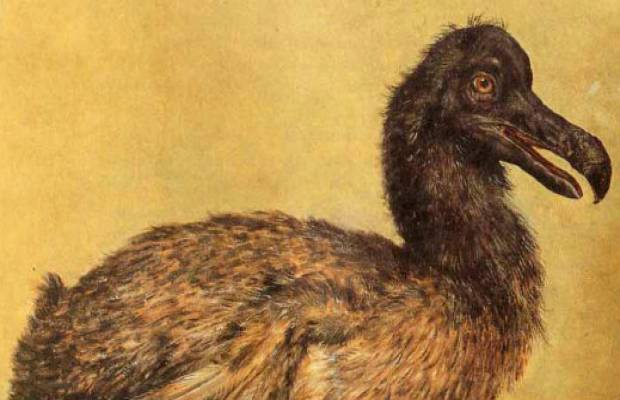
The Dodo, an extinct flightless bird native to Mauritius, stood at approximately one meter tall and likely weighed between 10 to 18 kg. Despite the absence of precise depictions, as the only accounts stem from varied 17th-century illustrations and written descriptions, it is believed the Dodo became flightless due to an abundance of food sources (seeds, roots, and fallen fruits) and a lack of natural predators.
First recorded by Dutch sailors in 1598, the Dodo faced a grim fate at the hands of human activities. Sailors, accompanied by their domesticated animals and invasive species, hunted the bird to extinction. The last widely accepted sighting of a Dodo occurred in 1662, marking the end of this unique species. The Dodo's demise serves as a cautionary tale about the vulnerability of isolated ecosystems and the profound impact human actions can have on the delicate balance of nature, urging the need for responsible conservation practices.
4. Great Auk
The Great Auk, a large flightless bird found in the North Atlantic and ranging as far south as Northern Spain, stood at an average height of 75-85 cm and weighed approximately 5 kg. Renowned for its adept swimming abilities, the Great Auk hunted underwater for sustenance. Unfortunately, this unique species faced a rapid decline.
The last known colony of Auks, residing on the island of Eldey, met its tragic end by 1835, as all members were systematically killed. The final individual of this species fell victim to superstition, with three men on St Kilda, Scotland, perceiving it as a witch allegedly causing a storm. In 1844, driven by misguided beliefs, they killed the bird. The demise of the Great Auk serves as a poignant illustration of the intersection between human actions, superstition, and the loss of remarkable biodiversity, emphasizing the importance of responsible environmental stewardship to prevent such irreversible extinctions.
5.Steller's Sea Cow
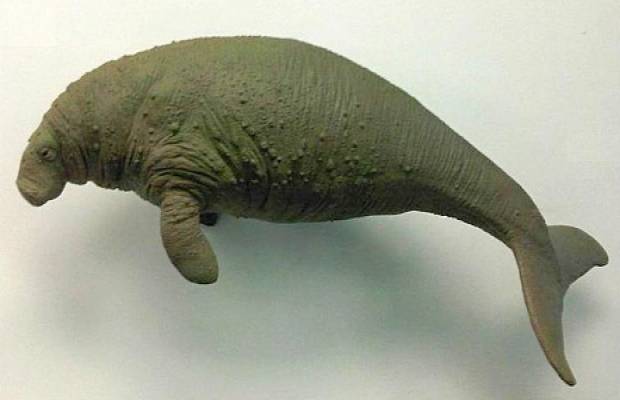
Named after the naturalist George Steller who discovered it in 1741, the Steller's Sea Cow was a massive herbivorous mammal believed to have inhabited the Near Islands southwest of Alaska and the Commander Islands in the Bering Sea. Growing to at least 8-9 meters in length and weighing around 8-10 tons, this creature had a seemingly tame nature and spent much of its time feeding on kelp. However, its inability to submerge its colossal body likely made it susceptible to human hunters.
Tragically, within just 27 years of its European discovery, the Steller's Sea Cow was relentlessly hunted to extinction. This rapid decline serves as a stark example of how human exploitation can swiftly erase entire species, emphasizing the need for responsible conservation practices to protect the delicate balance of marine ecosystems and prevent the loss of unique marine life forms.
6. Tasmanian Tiger
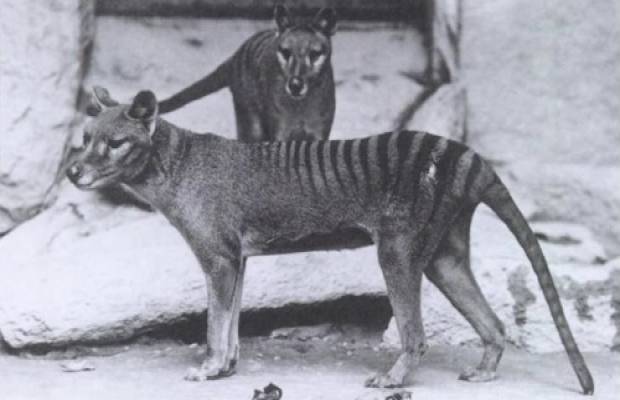
READ ALSO » Top 10 Fast Animals In The World
The Tasmanian Tiger, a carnivorous marsupial native to Australia, Tasmania, and New Guinea, resembled a medium-to-large-size dog despite its name. Weighing 30 kg with a nose-to-tail length of almost 2 meters, its tiger-like appearance was accentuated by dark stripes. Despite being unrelated to true tigers, this unique creature faced extinction, likely driven by human activities.
Hunted extensively, encouraged by bounties, and facing habitat loss due to human encroachment, the Tasmanian Tiger's decline was exacerbated by the introduction of dogs and diseases. The last wild Tasmanian Tiger met its demise between 1910 and 1920, marking a tragic chapter in the species' history. The final captive individual succumbed in Hobart Zoo, Tasmania, in 1936. The story of the Tasmanian Tiger underscores the profound impact of human actions on biodiversity and serves as a poignant reminder of the importance of conservation to prevent the loss of iconic and irreplaceable species.
7. Passenger Pigeon
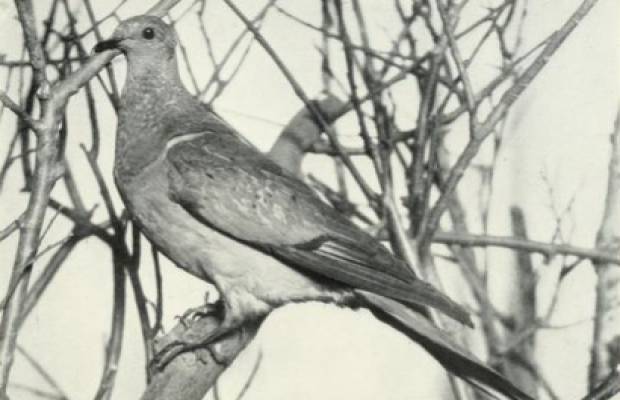
The Passenger Pigeon, native to North America, met its extinction in the early 20th century. Despite an initial population estimate of 3 to 5 billion when Europeans first arrived in North America, the species faced significant threats. Mass deforestation ensued with European settlement, causing habitat loss and a drastic reduction in the Passenger Pigeon population. As the 19th century progressed, commercialization of pigeon meat as an inexpensive food source for the poor prompted massive hunting.
This uncontrolled exploitation, coupled with habitat destruction, led to the demise of the Passenger Pigeon in the wild by around 1900. The tragic tale culminated with the last known individual perishing in captivity in 1914. The extinction of the Passenger Pigeon serves as a stark lesson in the devastating impact of human activities on once-abundant species, underscoring the importance of conservation efforts to protect biodiversity and prevent the loss of invaluable wildlife.
8. Pyrenean Ibex
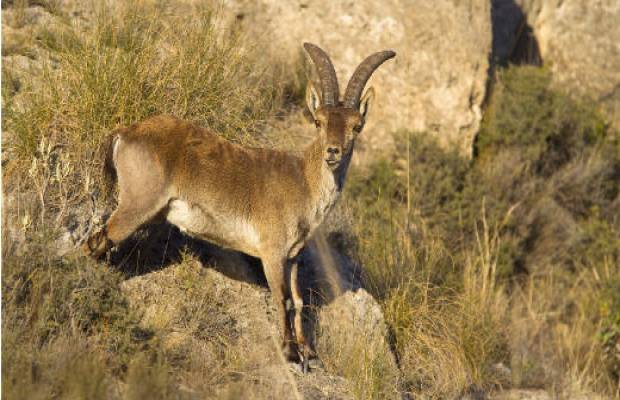
The Pyrenean Ibex, one of four subspecies of the Spanish Ibex, once thrived in the Iberian Peninsula. Growing to a height of 60-76 cm at the shoulder and weighing between 24-80 kg, these Ibex primarily grazed on grasses and herbs. While historical estimates suggested a population of 50,000, their numbers dwindled to fewer than 100 by the early 1900s. The precise cause of their extinction remains elusive, with scientists attributing factors such as poaching and competition with other mammals for food and habitat.
Tragically, the last Pyrenean Ibex met its demise in an unusual manner – killed by a falling tree in northern Spain in 2000. This poignant incident underscores the fragile existence of certain species and the intricate interplay of ecological elements contributing to their decline. The loss of the Pyrenean Ibex serves as a stark reminder of the pressing need for conservation measures to safeguard biodiversity and prevent the untimely disappearance of unique and valuable species.
9. Baiji White Dolphin
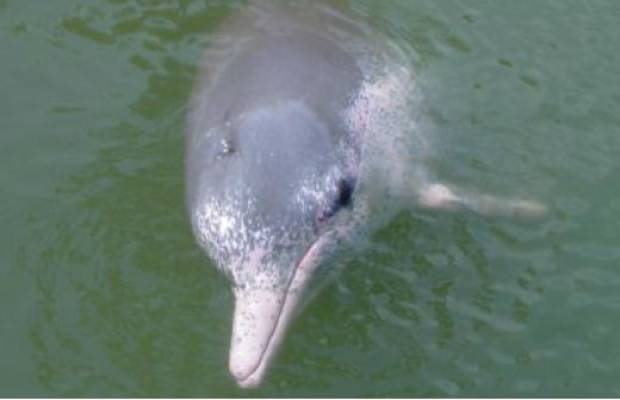
The Baiji White Dolphin, also known as the Chinese River Dolphin, exclusively inhabited the Yangtze River in China, reaching lengths of up to eight feet and weighing as much as a quarter-ton. Relying on echolocation due to their small eyes and limited eyesight, these mammals thrived in the Yangtze for approximately 20 million years. However, their population witnessed a drastic decline starting in the 1950s, coinciding with China's industrialization, leading to increased fishing, transportation, and hydroelectric activities along the river. Despite not being officially declared extinct, the last reported sighting of a Yangtze River Dolphin dates back to 2002. This absence raises concerns about the potential extinction of this species, highlighting the profound impact of human development on the delicate ecosystems that sustain unique and ancient wildlife.
10. West African Black Rhinoceros
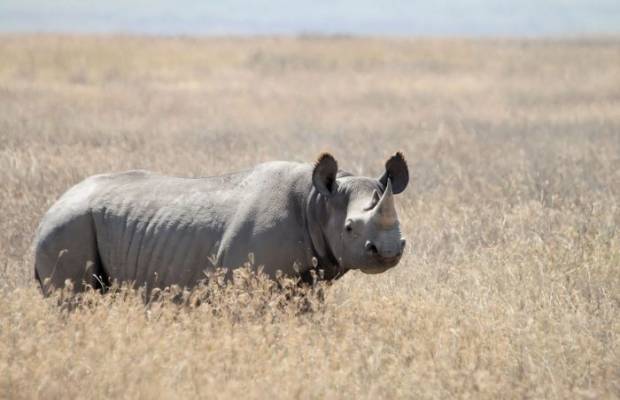
The West African Black Rhinoceros, native to several Southeast African countries, boasted dimensions of 3-3.8 meters in length and 1.4-1.7 meters in height, with a weight ranging from 800 to 1,300 kg. Featuring two horns, measuring 0.5-1.3 meters and 2-55 cm, this rhino primarily fed on leafy plants and shoots. Despite baseless claims of medicinal properties attributed to their horns, sparking rampant poaching, conservation efforts were initiated in the 1930s. Unfortunately, these measures proved insufficient as the population continued to dwindle. The species witnessed its last sighting in Cameroon in 2006, ultimately facing official extinction in 2011. The demise of the West African Black Rhinoceros serves as a poignant example of the detrimental consequences of human-driven activities on vulnerable wildlife populations.
READ ALSO » Top 10 Critically Endangered Animals Facing Extinction In The World
